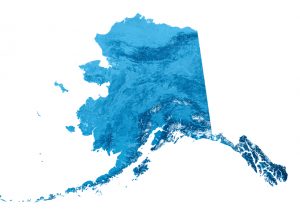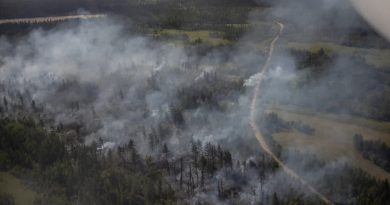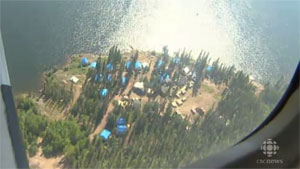ConocoPhillips Oks $900 million Alaska project

ConocoPhillips has approved funding for its Greater Mooses Tooth development on Alaska’s North Slope, a $900 million project expected to yield 30,000 barrels of oil daily at its peak.
Production is expected to begin in 2018 at the field in the National Petroleum Reserve-Alaska, an Indiana-sized Arctic reserve.
Production at the field would be the first time oil has flowed from federal lands on the reserve. Oil also recently began flowing from the oil company’s CD5 project within the reserve boundaries, but that was on land owned by Alaska Native corporations.
The Bureau of Land Management manages the reserve and is working on a broad management plan in the area.
“We are pleased to have been able to work through key permitting issues with the Corps of Engineers and BLM that now allows us to move into the development phase,” said Joe Marushack, president of ConocoPhillips Alaska.
Project requires new infrastructure
BLM permitted the project last month, after the U.S. Army Corps of Engineers provided a federal wetlands permit in January. As “new oil” under the state’s tax regime, passed in 2013, the project will get state tax incentives. If prices remain low when production begins, its tax rate could drop to zero because the minimum tax wouldn’t apply, said Ken Alper, a state Revenue Department official.
The project requires a new gravel pad, a 7.7-mile road, facilities and pipelines. Plans call for an initial nine wells and up to 33 wells, with oil processed at the existing Alpine Central Facility.
Hundreds of jobs created
Construction will begin in early 2017, with peak winter-season hiring estimated at about 700, plus hundreds more support jobs, the company said in a statement.
Production will come from lands owned by the federal government as well as the Kuukpik Corp. and Arctic Slope Regional Corp., a pair of Alaska Native corporations.
ConocoPhillips will operate the field as majority owner, with Anadarko holding a 22 percent interest. The companies own similar stakes in CD5.
The funding approval by the oil companies’ boards came because CD5 was successfully brought into production, Marushack said.
“It’s another one of these projects that will help us build out NPR-A and the Alpine area,” Marushack said.
Related stories from around the North:
Canada: Energy challenges in Canada’s North, Eye on the Arctic
Finland: One of world’s largest geo-bio-energy facilities slated for Finland, Yle News
Norway: Japan wants wind power from Arctic Norway, Barents Observer
Russia: No alternative to Arctic oil says Russia environment minister, Barents Observer
Sweden: Will Sweden be able to produce enough energy in the future?, Radio Sweden
United States: Statoil quits Arctic Alaska, Alaska Dispatch News



